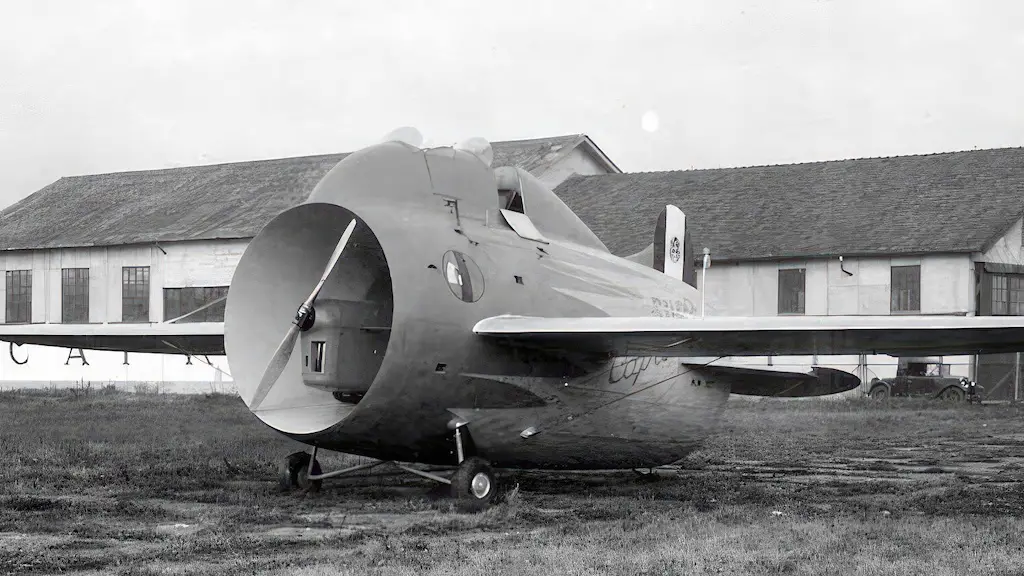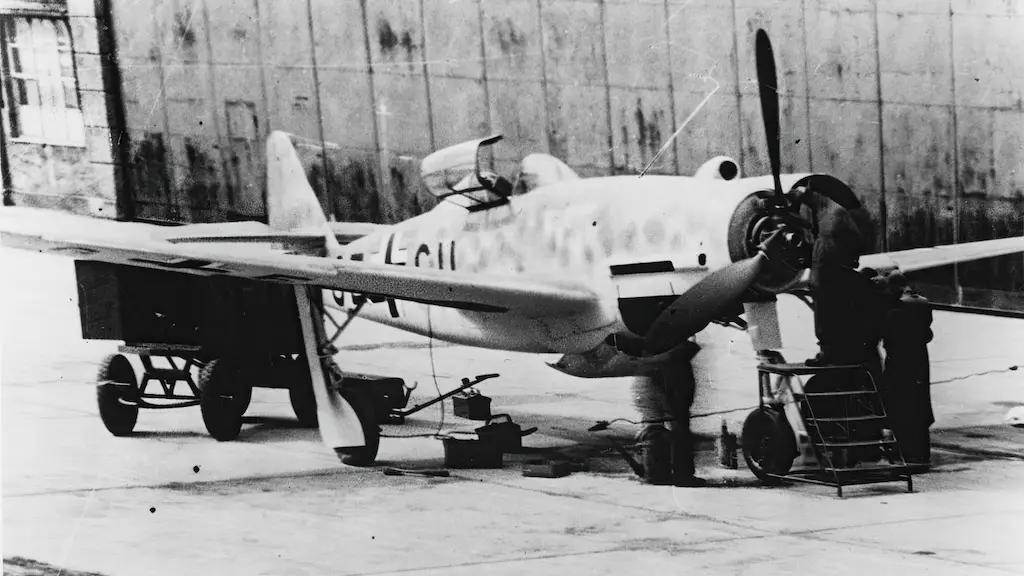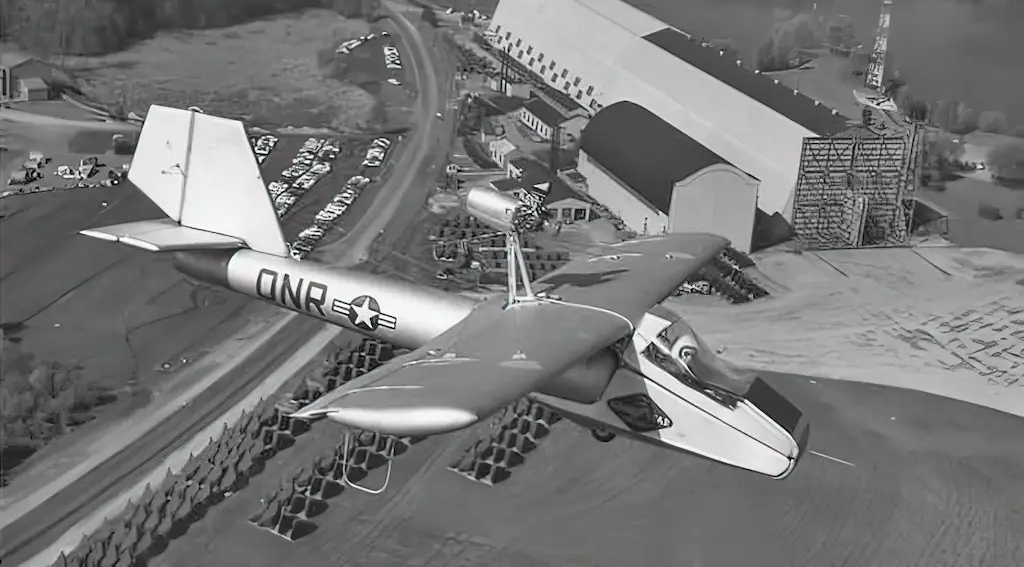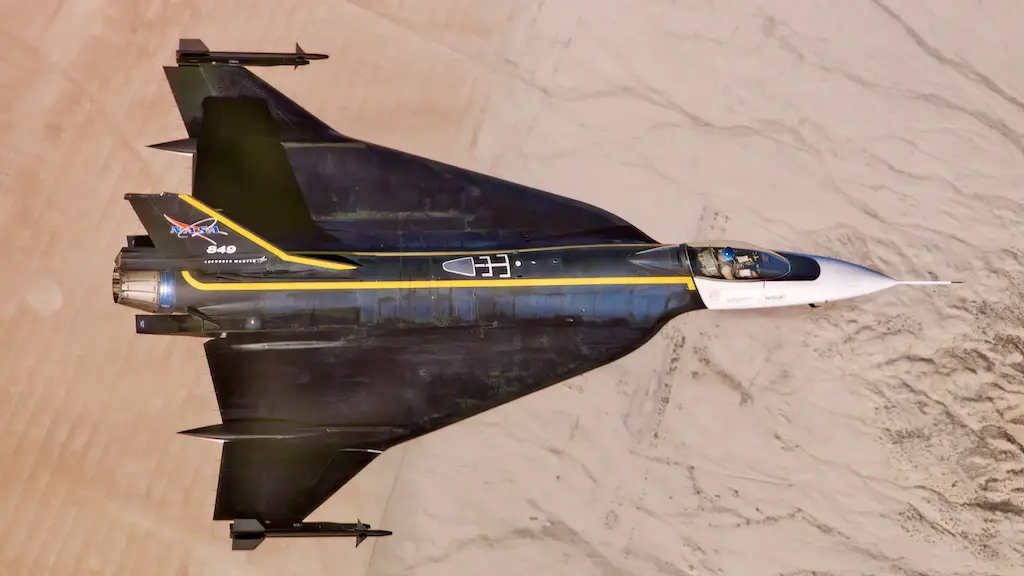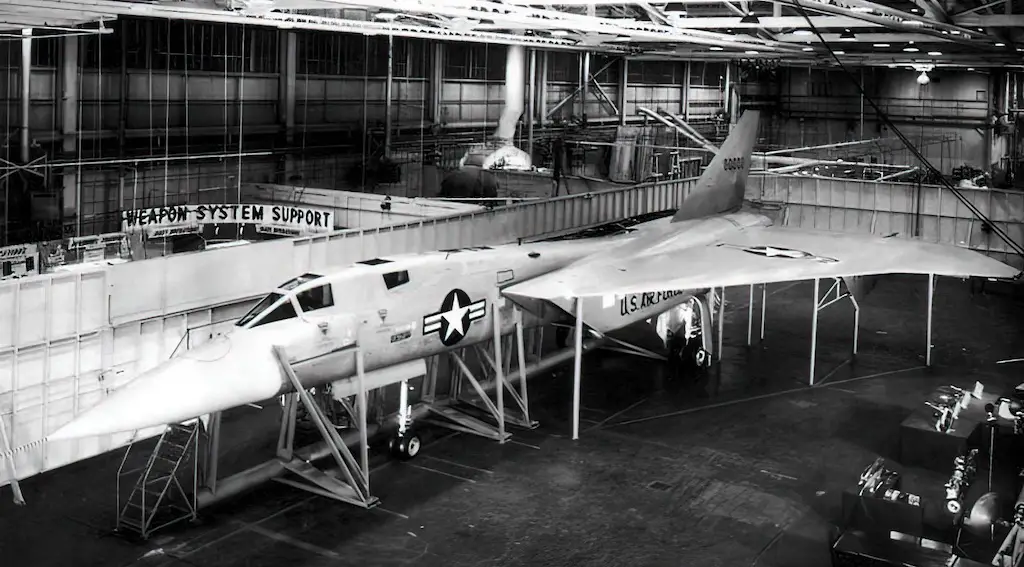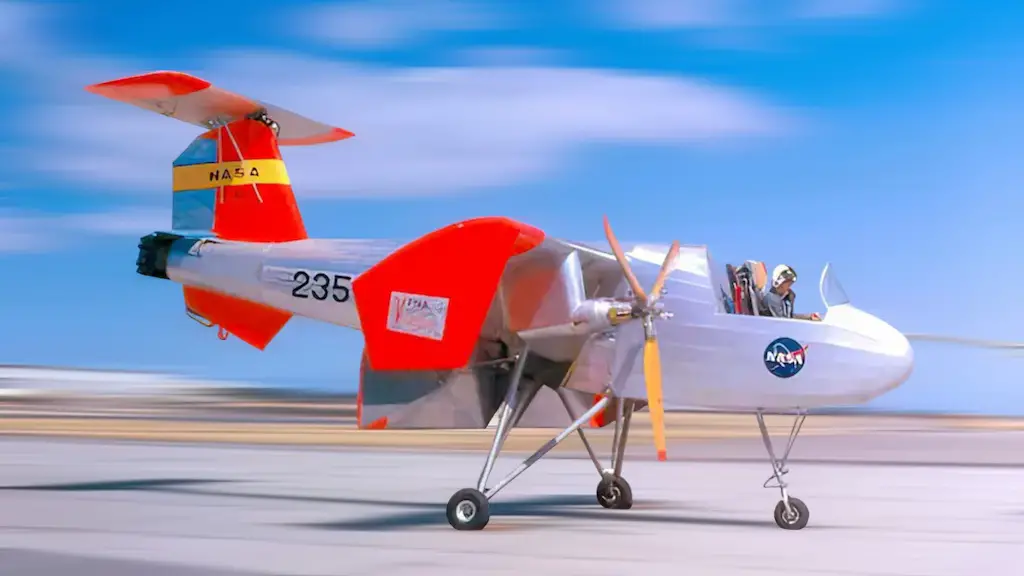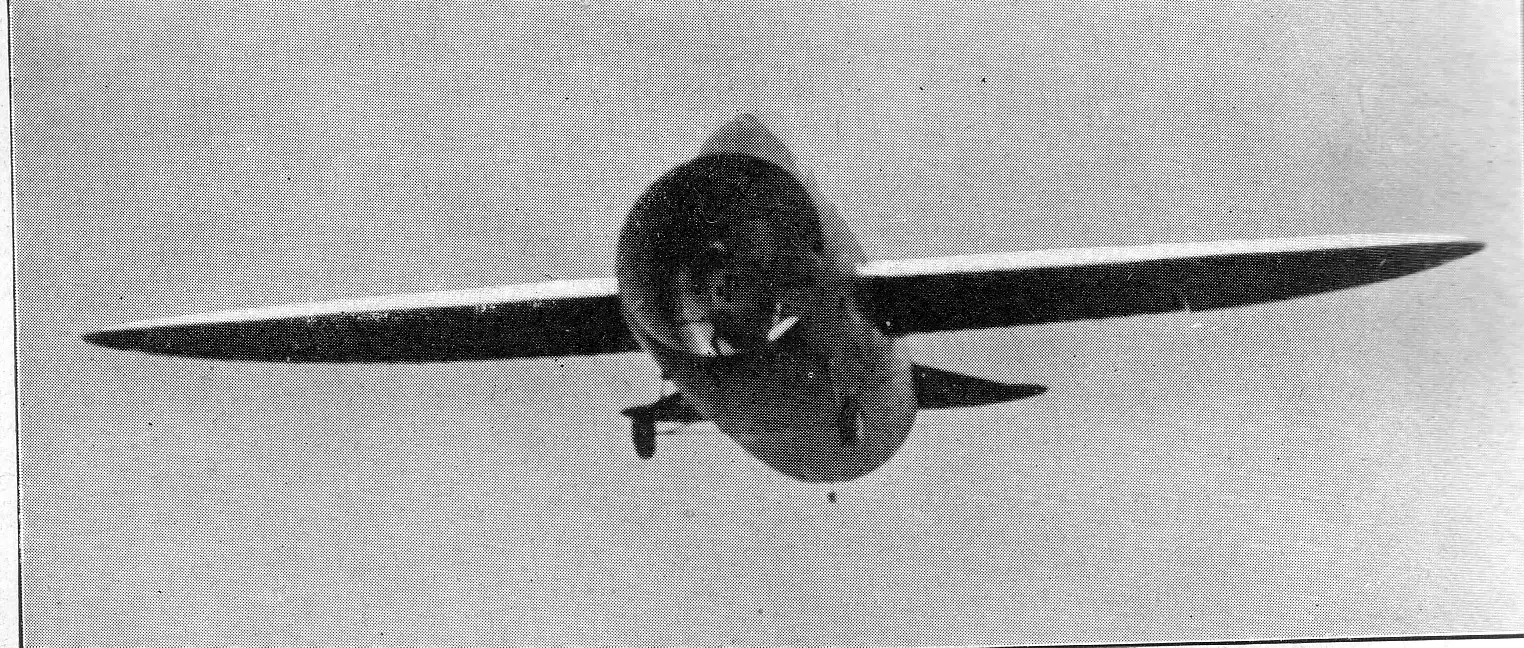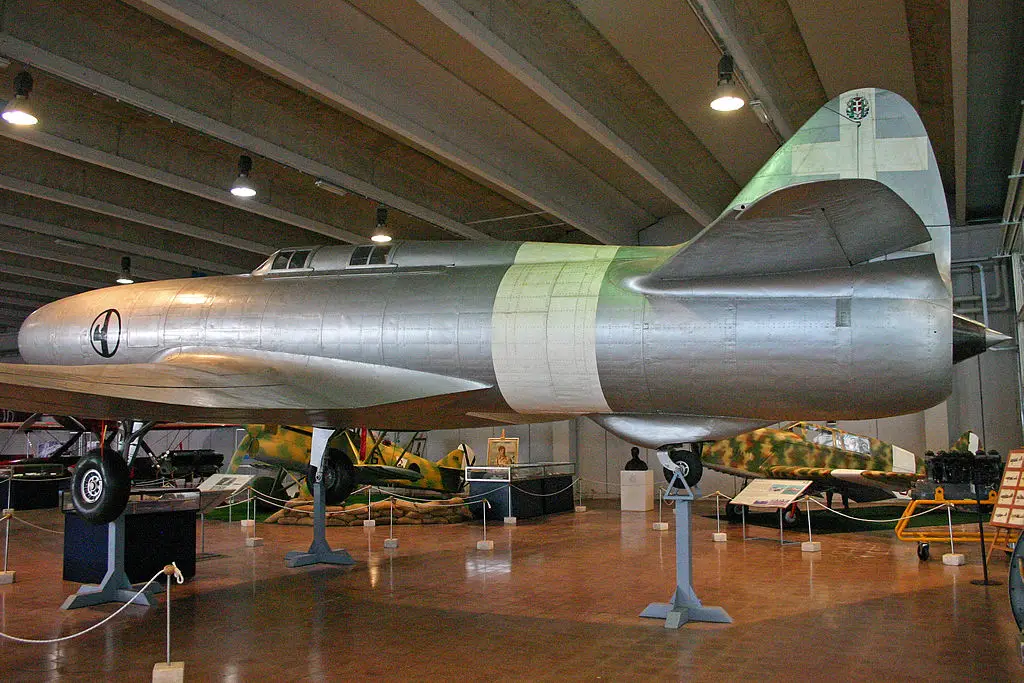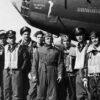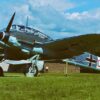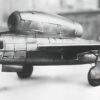Italian aeronautical engineer Luigi Stipa was among the first in the industry to become fascinated by the concept of a ducted fan. In the early 1930s, after years of theoretical groundwork, he secured some government funding and designed an aircraft that took this idea to the extreme. Together with an Italian aircraft manufacturer Caproni he built and tested a prototype to prove that a ducted fan would be much more efficient compared to the regular propeller configuration.
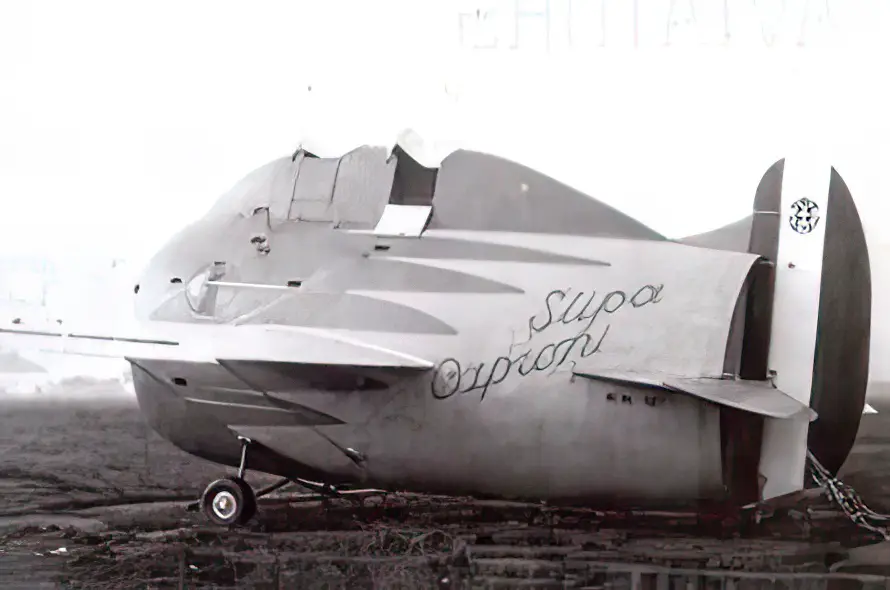
Embracing the ducted fan concept
Stipa’s design featured a 120-hp de Havilland Gipsy III piston engine driving a two-bladed propeller. The engine was placed on pylons inside a completely hollow fuselage shaped as airfoil. Stipa himself called this arrangement “intubed propeller.” He argued that putting the propeller inside a tapered venturi tube would provide an increase in thrust and stability, as well as decrease the amount of noise produced by the aircraft. As the fuselage did not contain anything but the engine, the narrow twin cockpit was perched on top of the fuselage. The aircraft had elliptical wings and a fairly small tail unit.
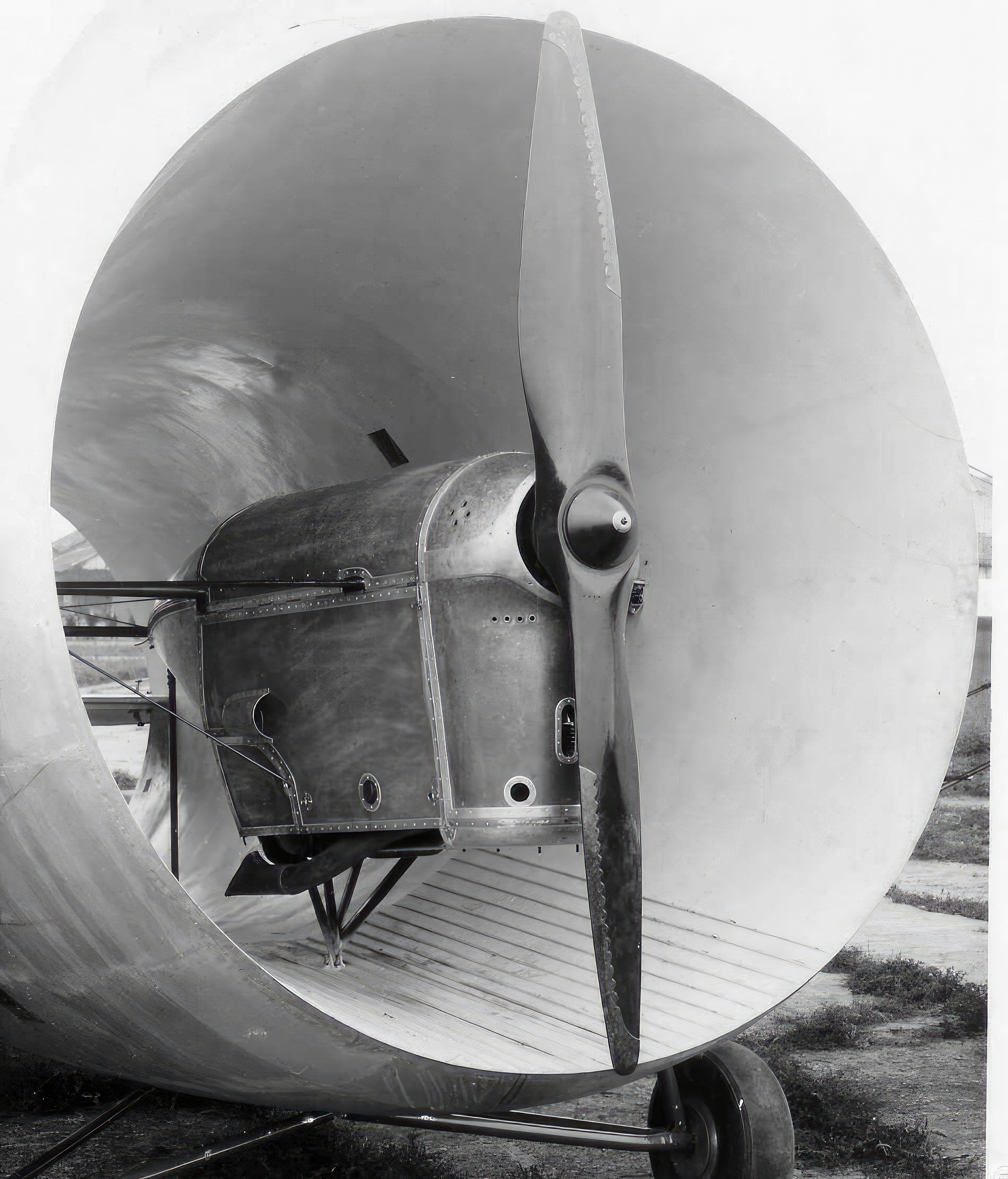
Testing out the concept
The plane named Stipa-Caproni made its inaugural flight on October 7, 1932, with Caproni test pilot Domenico Antonini at the controls. The aircraft’s performance was in many ways surprising, both in a good sense and in a bad sense. The aircraft had a very low takeoff speed—during its maiden flight it became airborne at just 45 mph. It was also incredibly stable. So much so that maneuvering it required application of a considerable effort to the stick.
The really bad part was that the aircraft produced exorbitant amounts of drag. And the reason for that lay mostly in the barrel-shaped fuselage. While that configuration did, indeed, increase the amount of thrust produced by the engine, the excessive drag degraded that advantage to zero. In fact, it had a top speed of mere 81 mph.
At the end of the day, Stipa-Caproni showed no better performance than any other aircraft powered by a similar engine. That sealed the aircraft’s fate: it remained a testbed and the project received no funds for further development. Which is rather sad. Who knows, maybe with some development it would have made a fine STOL aircraft? It had a landing speed of just about 40 mph and required a very short runway.
Stipa-Capronis’ legacy
To be fair, though, Stipa never really intended that his invention be used as a single-engine aircraft with a hollow fuselage. The Stipa-Caproni was only a proof-of-concept aircraft. The idea was to build big multi-engine cargo and passenger planes with ducted propellers. And in that case the induced drag problem that plagued the Stipa-Caproni prototype would not have been as much of a problem. However, Italy’s aviation industry was not ripe for such an ambitious undertaking, and funds were mostly allocated for more conventional projects with clear prospects of military application.
Still, the Stipa-Caproni drew attention of aircraft designers around the world, who carefully studied the information about the aircraft available to them. If nothing else, Caproni used Stipa’s venturi tube solution in designing its Caproni Campini N.1, one of the first experimental jet aircraft in the world. Years later, more efficient ducted fan designs featuring multiple-bladed propellers, such as, for example, RFB Fantrainer, were created. Besides, today’s ubiquitous turbofan engines use virtually the same principles as Stipa’s experimental aircraft did.
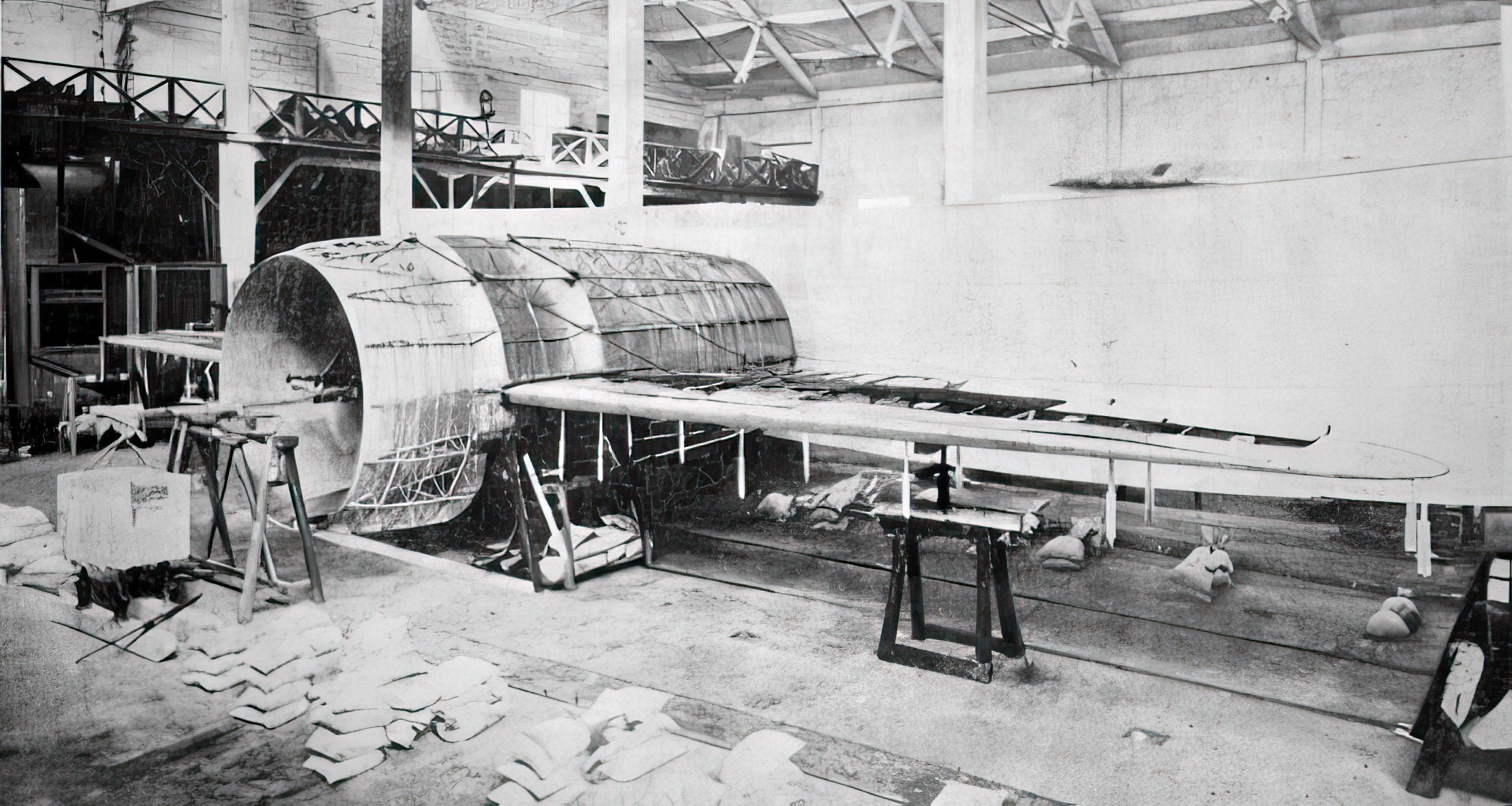
Australian descendant
Decades later, small Australian company Aerotec Queensland headed by Lynette Zuccoli, an aviation enthusiast fascinated by Stipa’s work, built a 3/5 scale replica of the Italian barrel-shaped aircraft. It flew briefly in October 2001, reaching an altitude of about 20 ft. The pilot found the aircraft to be very stable in flight, just like its predecessor from the 1930s. Still, it has probably never flown again and currently rests at Toowoomba City Aerodrome.

